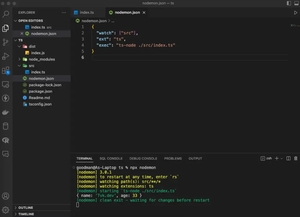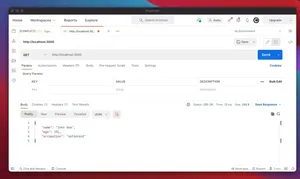Introduction
This tutorial provides a comprehensive guide on how to retrieve documents from MongoDB using Mongoose based on a list of IDs. This is a common requirement when dealing with relational data or batch operations.
Prerequisites:
- Basic knowledge of Node.js and MongoDB
- Mongoose ODM installed and setup with a MongoDB database
Before diving into code, it’s crucial to understand that MongoDB uses a unique identifier, ObjectId, for keeping track of documents.
Setting up the Model
First, define a Mongoose model for retrieving the documents.
const mongoose = require('mongoose');
const Schema = mongoose.Schema;
const itemSchema = new Schema({
// Schema definition
});
const Item = mongoose.model('Item', itemSchema);
Basic Find Operation
To retrieve documents by an array of Ids, we can use the $in operator in the query object.
const ids = [...]; // Array of ObjectIds
Item.find({ '_id': { $in: ids } }, function(err, docs) {
if (err) {...}
console.log(docs);
});
Using async/await
It is recommended to use async/await for better code clarity and error handling.
async function getItems(ids) {
try {
const docs = await Item.find({ '_id': { $in: ids } }).exec();
console.log(docs);
} catch (error) {
console.error(error);
}
}
Advanced Queries: Populating References
Often, documents contain references to other collections. To fetch related documents, use the populate method.
Item.find({ '_id': { $in: ids } }).populate('referenceField').exec((err, docs) => {...});
Best Practices
When querying by a long list of IDs, it’s important to consider the performance impact. Indexing the _id field can improve query performance.
Best Practices:
- Use
async/awaitfor modern, clean code. - Handle all possible errors gracefully.
- Ensure proper indexing for performance.
Conclusion
To sum up, querying documents by an array of IDs can be efficiently performed using Mongoose’s find operation with the $in operator. This tutorial covered the basics up to more complex scenarios with nested population. Applying the best practices outlined will help in crafting well-constructed, performance-efficient database queries.

